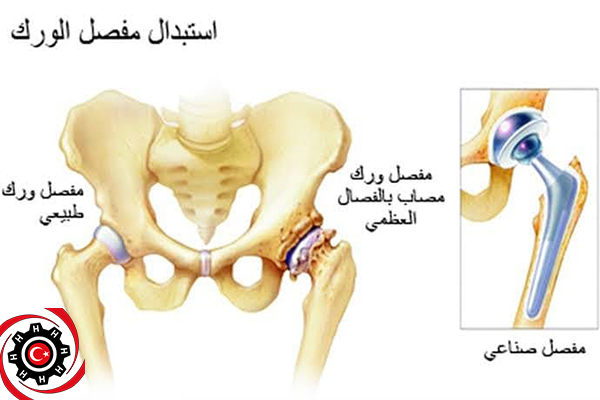Hip replacement:
Hip replacement surgery (hip replacement) involves surgery to replace the ends of the damaged (injured) bones in order to create two new surfaces in the joint.
Prepare for the operation:
During the hip replacement surgery, doctors use general anesthesia in most cases
Sometimes they use local anesthesia, which means that the patient will not feel the anesthetic part of his body, so that he will feel somewhat sleepy, but he will be conscious.
The surgeon is the one who decides what kind of anesthesia he wants to use, but it is mainly related to the patient’s general health status and to some extent the patient’s choice and desire that he expressed in front of the doctor.
The doctor may recommend taking antibiotics before and after surgery in order to reduce the risk of infection.
If the patient needs complex dental treatment, the doctor may recommend that he first complete the dental treatment before undergoing the operation.
This comes because pollution can move from one part of the body to another, for example from the mouth area to the artificial joint, and then it may cause serious complications.
process:
Hip arthroplasty is performed in order to replace the upper end of the femur with a ball made of metal and to re-coat the hip joint cavity, which is located in the pelvis, with a metal shell covered with a layer of plastic.
The surgery involves replacing the damaged cartilage with a joint made of an alternative material, through a procedure that takes place in several stages.
The surgeon can attach the artificial joints to the bone with or without the aid of glue
The joints are attached to the existing (existing) bones by means of a type of glue that fixes the artificial joint to the bone.
As for the joints that are not glued, they are fixed by a cover (tissue) in the form of a net (full of holes) that is specially designed for the growing bones to overlap and fuse with the artificial joint through it.


Leave a Reply